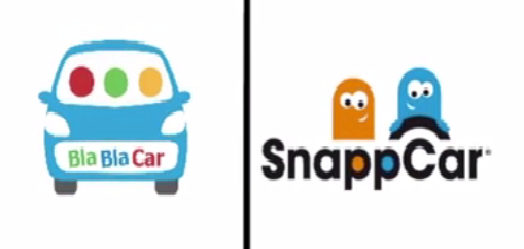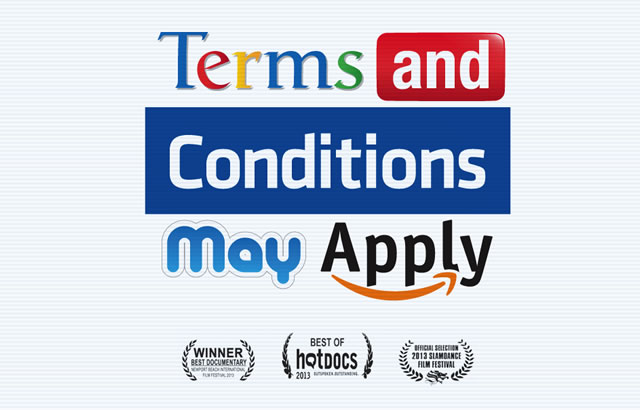In September 2016, our team was welcomed to the production facilities of a Dutch business-to-business (B2B) supplier of food solutions and supplements for the bakery and bakery-related food industry. (In the following we will address the firm as “SampleCompany” in order to keep the company’s privacy.) SampleCompany aims to provide its customers with steadily innovative products and services which incorporate emerging trends such as sustainability and healthy ingredients. Without a doubt, being the market leader in the Netherlands and among the most important players in the Benelux, the company is highly successful.
As competition increases and much more business data is available today, SampleCompany has come to realize that IT will be a competing factor in the future. While the business strategy has worked well for SampleCompany in the past, the company only recently (starting December 2015) put a new emphasis on IT by introducing a CIO, expanding the IT department and the formulation of an actual IT strategy. Our video illustrates facts about the company itself, our data collection process at the firm and the topic of alignment of IT and business strategy.
So, what is SampleCompany’s problem? After analyzing all the data the firm provided to us, we realized that the core issue is in short: “SampleCompany is lacking transparency of current IT landscape and all processes within the company.”
What should SampleCompany do and why should it do anything about it? Our solution suggests the company to obtain business process management software (BPMS). The introduction of business process management software will provide the firm with a central platform to store the company’s processes. Further, the BPMS can be connected to other systems such as the ERP the company will be using. Once all departments’ processes are entered into this BPMS system the evaluation of processes and resource deployment can begin. Since now all process steps, interdependencies and use of IT are entered, strategic management can assess which processes need revising. The IT department, which should be involved in the process can simultaneously address IT usage inefficiencies.
Why should SampleCompany do anything about its problem, how can the business be transformed? Inefficient processes and inefficient IT deployment mean that not only value but also money which could be redeployed for other means is lost. The newly gained transparency with the help of BPMS will transform SampleCompany into a much more efficient company improving value-creation and competitiveness at the same time. This transformation to transparency will be of great importance in the future as business becomes more and more IT and process driven.
How should the firm approach the implementation of BPMS? In our report, we provide the reader and also the firm with steps and a timeline suggestion- from stating the business needs to an actual introduction of BPMS- to the SampleCompany. In an additional step, we have assessed risks, mitigation strategies and recommendations which the company should consider throughout the project. Among these, clear expectation management, support from top-level management and thorough employee training are the most important takeaways.
We hope that our suggestion will help the company to achieve the desired transformation.
Team 49: Sanne Legtenberg – 461533, Sam Buunk – 459362, Julia Dahm – 460607, Carla Osterholz – 459302
Cover picture: Bonita Soft, 2016 http://www.bonitasoft.com/products (last accessed: 13.10.2016)



